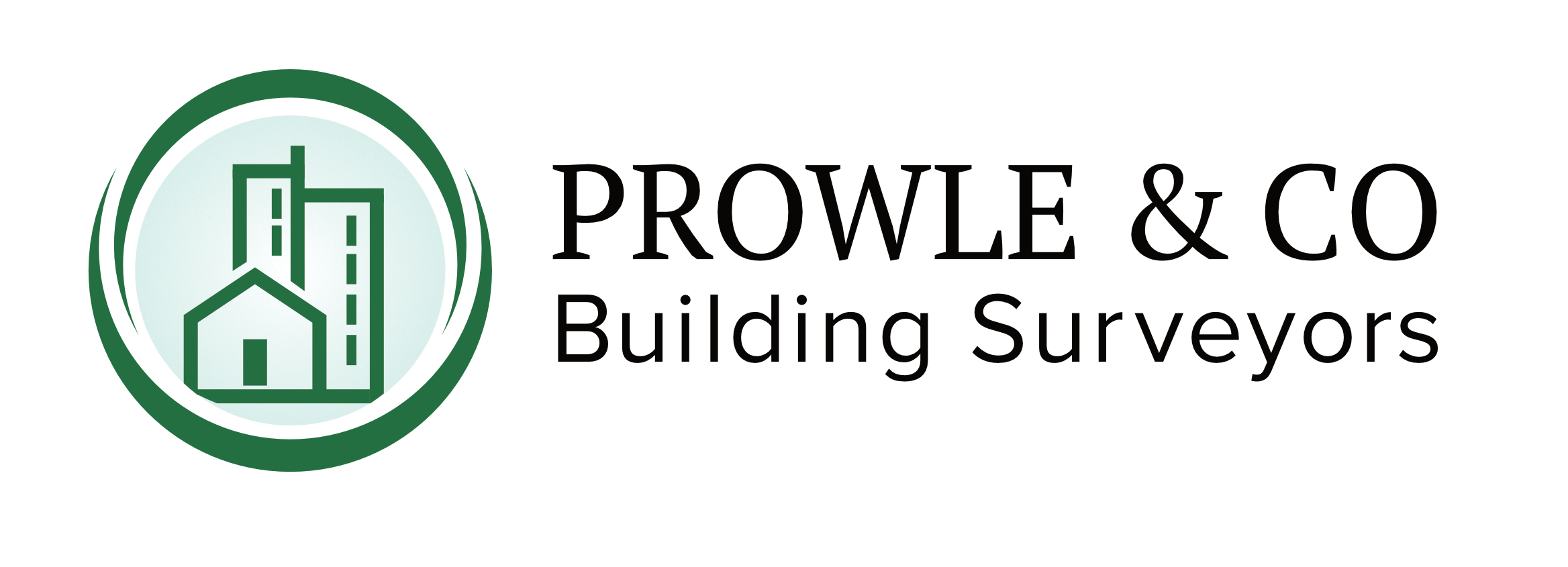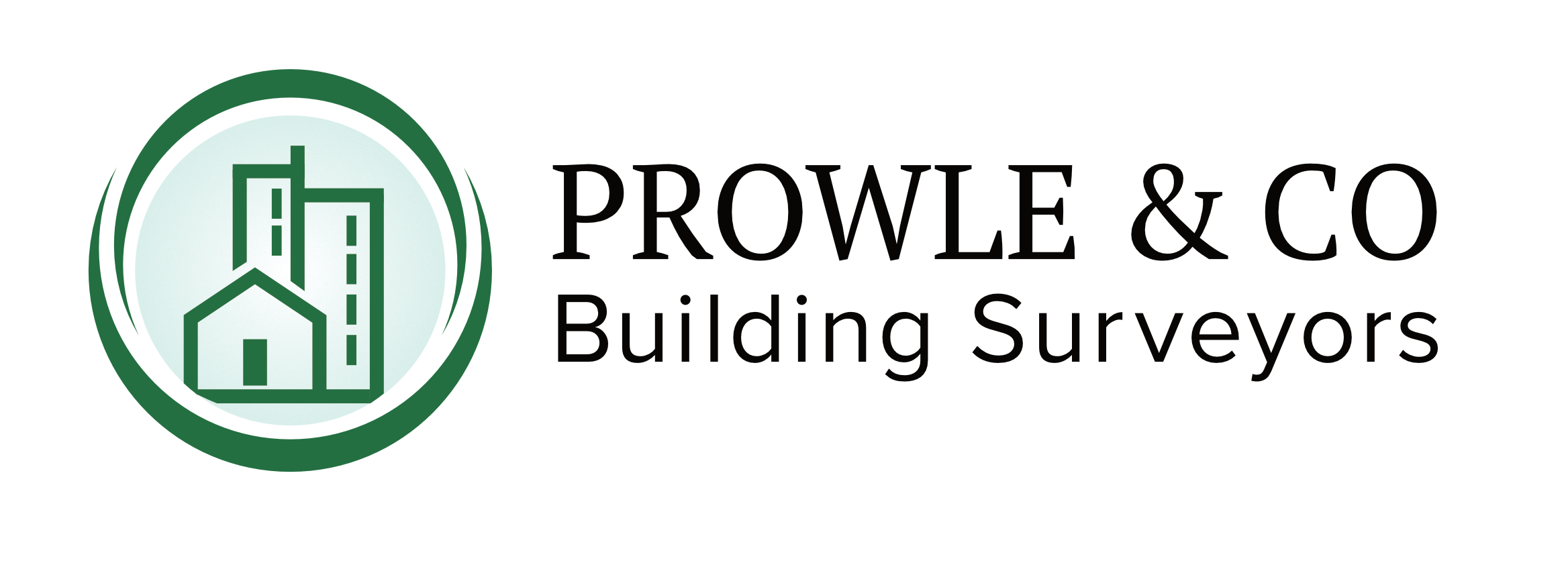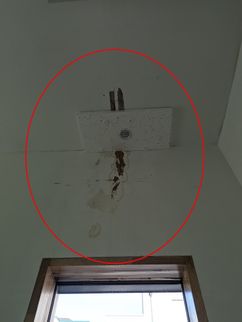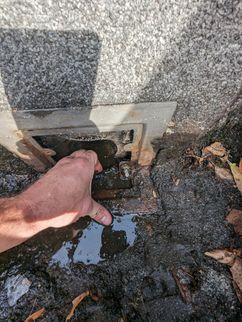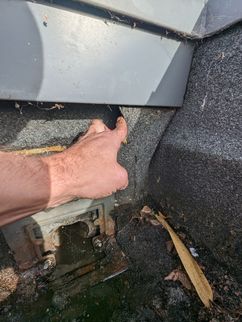
Lee Prowle AssocRICS MRPSA
Scope of Service: Specific Defect Report
The purpose of the Specific Defect Survey is to assess and provide a detailed analysis of a specific defect or issue identified in a property. This survey aims to determine the cause, extent, and potential implications of the defect and provide recommendations for necessary repairs or remedial actions.
The surveyor will conduct a thorough inspection of the specific area or component of the property affected by the identified defect. This may include a visual examination, use of specialised equipment, and, if necessary, limited invasive testing to gain a comprehensive understanding of the defect.
The surveyor will assess the nature, severity, and potential impact of the identified defect. This includes evaluating any visible signs, investigating underlying causes, and determining the extent of damage or deterioration. The surveyor will also consider the implications of the defect on the overall condition and safety of the property.
Please note that this specific defect survey does not include a comprehensive inspection of the entire property. It focuses solely on the identified defect and its immediate surroundings. For a more comprehensive evaluation of the property's condition, other types of surveys, such as a Home Buyer's Survey or Building Survey, may be recommended.
Specific Defect Report
Property Overview
Property Details
Type of property: School
Approximate year of construction : 2015
Weather conditions during the survey: Dry and sunny
Background information
Example Primary School has commissioned our services to conduct a comprehensive investigation into the root cause of a disruptive leak that has resulted in significant damage to both the front wall and ceiling of their facility. Our primary objective is to identify the source of this leak and provide effective solutions to mitigate the damage, ensuring the safety and integrity of the school's infrastructure. Our systematic approach will involve a thorough examination of the affected areas, including a detailed assessment of potential contributing factors, such as roof, plumbing, and structural issues
Defect Assessment
Description of the defect
Upon our examination, we have identified water damage to the internal wall and ceiling situated at the front left-hand corner of the building. Our assessment indicates that this damage has likely arisen due to the inadequately adhered felt material, which connects to the drainage outlet. This subpar adhesion has allowed water to seep beneath the felt casing, leading to visible harm to both the ceiling and wall surfaces. The resolution of this issue will necessitate remedial actions, including the removal of compromised plaster, replastering, and re-decoration.
Cause and extent
The underlying cause of this issue can be attributed to deficiencies in workmanship during the installation of the felt material that interfaces with the drainage outlet. Our evaluation suggests that this installation shortcoming has facilitated water ingress, resulting in the observed damage. While the visible manifestations of damage are evident on the ceiling and wall surfaces, it is crucial to acknowledge the potential existence of concealed damage beneath the surface. We strongly recommend an invasive inspection to ascertain the full scope of the damage. It should be noted that the complete extent of the damage may only become apparent when the affected area is exposed for a more detailed assessment. Consequently, it is prudent to conduct an exploration to confirm the extent of the damage and specify appropriate repair measures.
Implications
The implications of this water damage are multifaceted. Foremost, the evident destruction on the ceiling and wall necessitates immediate remediation. This process will encompass the meticulous removal of compromised plaster, followed by replastering and re-decoration efforts to reinstate the affected areas to their original condition. The cost and duration of these repairs are contingent on the extent of concealed damage, underscoring the significance of a comprehensive inspection.
Additionally, while addressing this specific issue, it is prudent to scrutinise other drainage outlets for potential workmanship deficiencies. When deemed necessary, these outlets should be removed and subjected to inspection to ensure they are weatherproof.
Recommendations
- Immediate Remediation: Address the visible damage promptly, which involves exposing and sealing the leaking outlet junction in accordance with manufacturer recommendations, removing damaged plaster, replastering, and re-decoration.
- Comprehensive Inspection: Conduct a detailed examination to reveal any concealed damage, particularly when the affected area is exposed during repairs.
- Workmanship Evaluation: Review the quality of workmanship, not only for this issue but also for other outlets, and address any identified deficiencies.
- Warranty Verification: Verify the presence of warranties and guarantees for the roofing system and its components to address potential liability concerns.
In summary, immediate attention to the visible damage is imperative, but a more extensive investigation is warranted to gain a complete understanding of the issue's magnitude. Addressing the root cause of the problem and rectifying the workmanship issues will not only mitigate the existing damage but also ensure the long-term stability and dependability of the roofing
system and associated components.
Photograph appendix
Additional advice
Finding and reputable contractor and obtaining estimates
When it comes to finding a reputable contractor and obtaining estimates, there are several steps you can follow to ensure a successful and satisfactory experience:
- Seek Recommendations: Ask friends, family, neighbours, or colleagues for recommendations based on their personal experiences. Word-of-mouth referrals can provide valuable insights and help you find trustworthy contractors.
- Online Research: Utilise online resources such as directories, review platforms, and trade association websites. Websites like TrustMark, Checkatrade, and Which? Local can help you find reputable contractors in your area and provide reviews and ratings from previous customers.
- Check Credentials: Verify that the contractor is properly licensed, registered, and insured. Check if they are a member of reputable trade associations such as the Federation of Master Builders (FMB), National Federation of Roofing Contractors (NFRC), or relevant professional bodies.
- Obtain Multiple Estimates: Reach out to several contractors and request written estimates for the work you need. Ensure that the estimates include a detailed breakdown of costs, materials, timelines, and payment terms.
- References and Portfolio: Ask contractors for references from previous clients and, if possible, request to see examples of their past work. This will help you assess their quality, reliability, and expertise.
- Insurance and Guarantees: Inquire about the contractor's insurance coverage, including liability insurance and guarantees on their workmanship. A reputable contractor should be able to provide evidence of adequate coverage and stand behind their work.
- Contracts and Written Agreements: Once you have chosen a contractor, ensure that all agreements and expectations are documented in a written contract. Review the contract carefully, including terms of payment, warranties, and project timelines.
- Payment Terms: Be cautious of contractors who require large upfront payments or request cash-only transactions. It is generally recommended to agree on a payment schedule that aligns with the progress of the project.
- Communication and Transparency: Maintain open and clear communication with the contractor throughout the project. Ensure that any changes or additional work are documented and agreed upon in writing.
- Trust Your Instincts: Trust your instincts when interacting with contractors. If something feels off or you have concerns about their professionalism or reliability, it may be best to seek alternatives.
By following these guidelines, you can increase your chances of finding a reputable contractor and obtaining accurate estimates for your project. Remember to take your time, do thorough research, and make informed decisions based on the information available to you.
